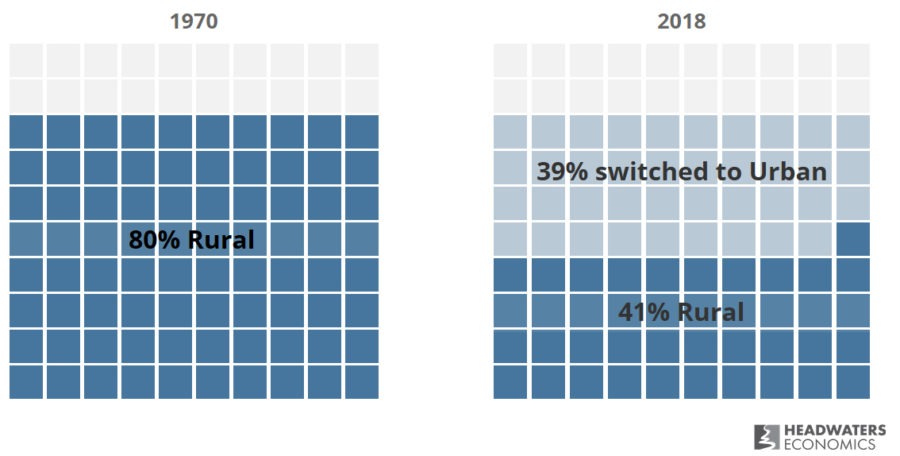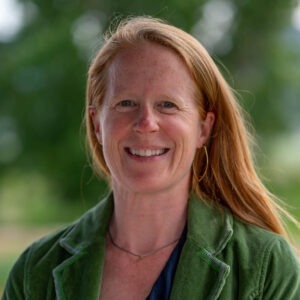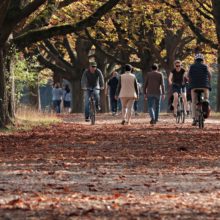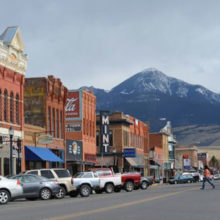Media coverage has used the narrative of the “rural-urban divide” to describe the 2020 election results. However, rural America is a complicated place that has been greatly transformed over the last several decades. Some parts of rural America are thriving. For example, nearly half the counties that were rural in 1970 grew so much that today they are classified as urban.
When we try to understand what makes rural communities function, looking only at places that have remained in the Rural classification omits important stories about places that have grown and changed during the past 50 years.
Why we wrote this:
As the new administration considers strategies to support rural communities, it should develop policies that address the many stories that make up “rural”—places that have low populations or are losing population because their economies cyclically boom and bust; places that are growing quickly and are facing big-city growth challenges; and places that have grown out of their “rural” designation to become cities.
Between 1970 and 2018, the share of counties classified as Rural shrank from 80% to 41%.

Our research finds the following:

Rural counties that grew enough to switch to the Urban classification most often were close to an existing city, had diversified, non-specialized economies, and often had a university.

Counties that stayed Rural are not homogeneous, but they often have some economic specialization or dependence. Those that lost population tended to depend on farming, mining, or oil and gas.

Counties that stayed Rural and gained population (though not enough to switch to Urban) tended to be recreation-dependent and/or retirement destinations.






